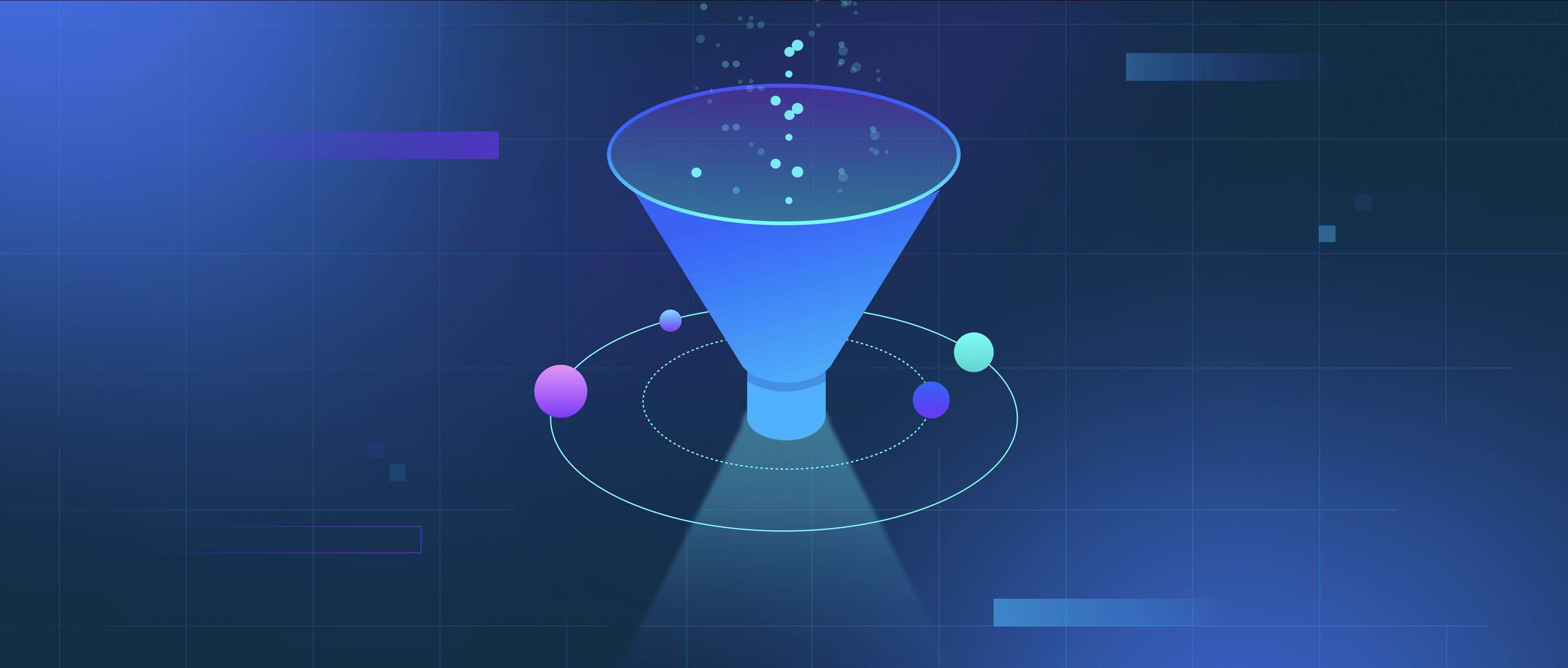AI reasoning and human reasoning differ significantly in their processes and capabilities. At the core, human reasoning is based on emotional and experiential contexts that can influence decision-making. Humans often apply intuition, personal biases, and contextual understanding when reasoning through a problem. For instance, when faced with a complex moral dilemma, a person may consider past experiences, emotional responses, and societal norms, which shape their conclusion. In contrast, AI reasoning relies on algorithms and data patterns. It analyzes vast amounts of information to identify correlations and make predictions without the influence of personal emotions or subjective experiences.
The methods employed in AI reasoning are predominantly logical and statistical. AI systems, like machine learning models, function by processing large datasets and finding patterns within them. For instance, a recommendation system uses past user behavior to suggest products, focusing solely on data without personal judgment. Additionally, AI can process information at speeds and volumes far beyond human capability. This means that while AI can solve problems efficiently and consistently in specific contexts—such as chess or data analysis—it may struggle with ambiguous or nuanced situations that require a deeper understanding of human emotion or social dynamics.
Furthermore, human reasoning is adaptive and flexible, enabling individuals to deal with ambiguity and change effectively. Humans can easily shift their thought processes when presented with new information or when facing problems that require innovative thinking. For example, a developer might need to pivot on a project when receiving user feedback, drawing on creativity and past experiences. In contrast, AI systems typically require retraining or adjusting algorithms to adapt to new situations or significant changes in data patterns. Thus, while both AI and human reasoning have strengths and limitations, their foundational approaches and capabilities uniquely characterize their functions.
